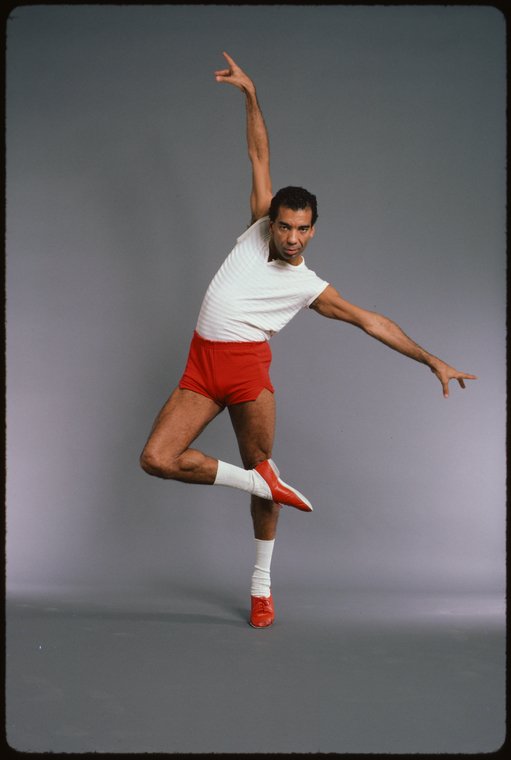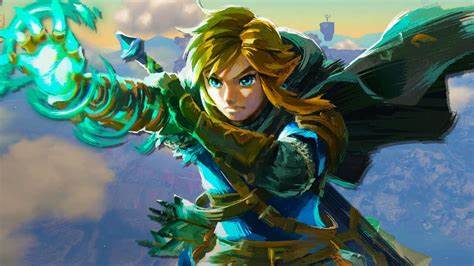
Michael Peters: A Choreographic Maestro’s Dynamic Journey through Music, Film, and Television

By DaMarko GianCarlo
Michael Peters, a name synonymous with dance innovation and choreographic brilliance, left an indelible mark across Broadway, the music industry, and television. From the dazzling lights of Broadway’s “Dreamgirls” to the sultry beats of Donna Summer’s “Love to Love You Baby,” the iconic moves in Lionel Richie’s “Hello,” the historic Diana Ross concert in Central Park, the revolutionary “Thriller” by Michael Jackson, and the transformative dance sequences in “What’s Love Got to Do with It” with Angela Bassett, Peters’ wide-spreading career has become a testament to his enduring impact on entertainment. This article explores the multifaceted journey of Michael Peters, tracing his influence through the realms of Broadway, music, and television, and how his genius continues to resonate in today’s pop culture landscape.

Michael Peters first stepped into the spotlight on Broadway with his work on “Dreamgirls” in the early 1980s. The musical, known for its soulful storytelling and dynamic performances, showcased Peters’ ability to create choreography that not only complemented the narrative but also elevated the emotional resonance of the production. His work on “Dreamgirls” foreshadowed the dynamism he would bring to the broader world of entertainment.
Peters’ journey continued to unfold in the vibrant era of disco, where he collaborated with Donna Summer on the sultry and groundbreaking “Love to Love You Baby” in 1975. The fusion of Peters’ choreography with Summer’s infectious rhythms marked a turning point in disco’s visual presentation, showcasing the power of dance to convey sensuality and emotion.
Transitioning seamlessly between genres, Peters contributed his magic to Lionel Richie’s iconic music video for “Hello.” The memorable scenes of Richie sculpting a bust of his beloved were brought to life through Peters’ choreography, adding a visual layer to the emotional depth of the song. The video’s success further solidified Peters’ reputation as a choreographic maestro with a knack for enhancing storytelling through movement.
The year 1983 saw Peters facing a unique challenge as he choreographed Diana Ross’s historic concert in Central Park. Despite battling adverse weather conditions, Peters orchestrated a visually stunning performance that showcased his adaptability and ability to create compelling live experiences. The enduring legacy of this concert lies not only in Ross’s resilience but also in Peters’ contribution to a performance that stands the test of time.
The zenith of Peters’ career arrived with the release of Michael Jackson’s “Thriller” in 1982. Collaborating once again with Jackson, Peters created a cultural phenomenon. The iconic zombie dance not only became synonymous with the song but also solidified Peters’ status as a choreographer capable of shaping the visual narrative of music videos. “Thriller” remains a cornerstone in the history of pop culture, with Peters’ choreography forever etched in the collective memory of audiences worldwide.

Peters showcased his versatility by contributing to the biographical film “What’s Love Got to Do with It” (1993), where he transformed Angela Bassett into Tina Turner through his choreography. The physicality and authenticity he brought to the dance sequences contributed significantly to the film’s success, earning Peters acclaim for his ability to capture the essence of an artist’s movement and persona.
Beyond his choreographic prowess, Michael Peters ventured into television direction, leaving his mark on popular series such as “New Kids on the Block,” “Knots Landing,” “Fresh Prince of Bel-Air,” “A Different World,” and “Fame.” His directorial contributions further showcased his understanding of the visual language of entertainment, solidifying his impact on multiple facets of the industry.
Michael Peters’ influence is woven into the fabric of pop culture. His innovative choreography and direction have influenced generations of artists, choreographers, and filmmakers. The dance sequences he crafted, the characters he brought to life, and the visual stories he told continue to resonate, shaping the way we experience and appreciate entertainment today.
Michael Peters, the choreographic genius, transcended boundaries and genres, leaving an everlasting imprint on Broadway, music, and television. His ability to tell stories through movement, adapt to diverse styles, and contribute to groundbreaking visual experiences has solidified his status as a visionary in the world of entertainment. As we continue to celebrate and engage with the arts, Michael Peters’ legacy lives on, a testament to the enduring impact of a true maestro whose influence reverberates through the corridors of pop culture.







